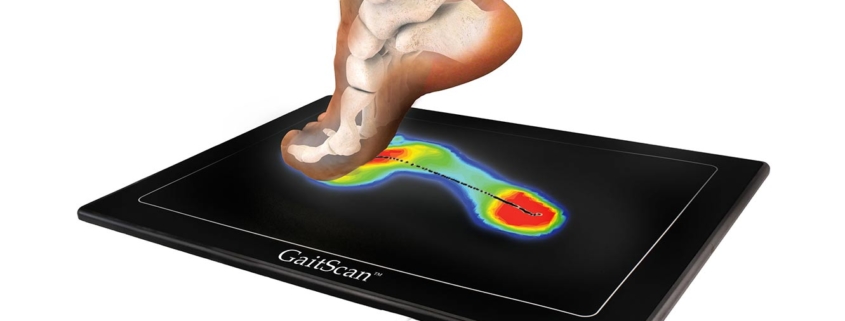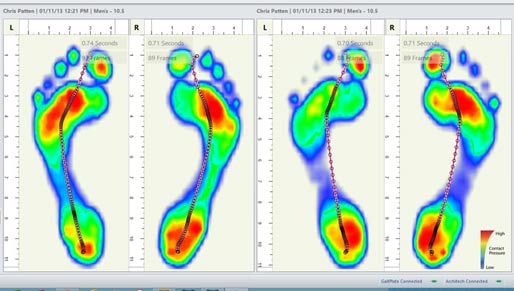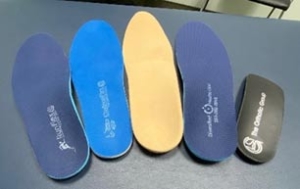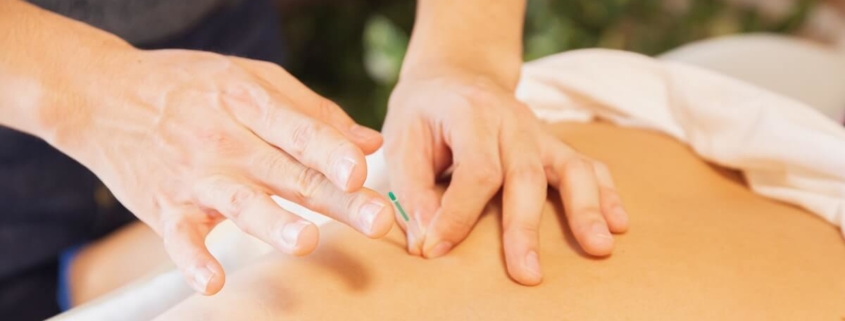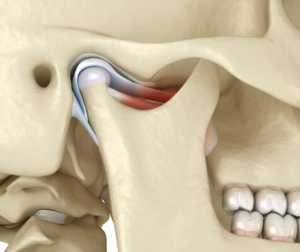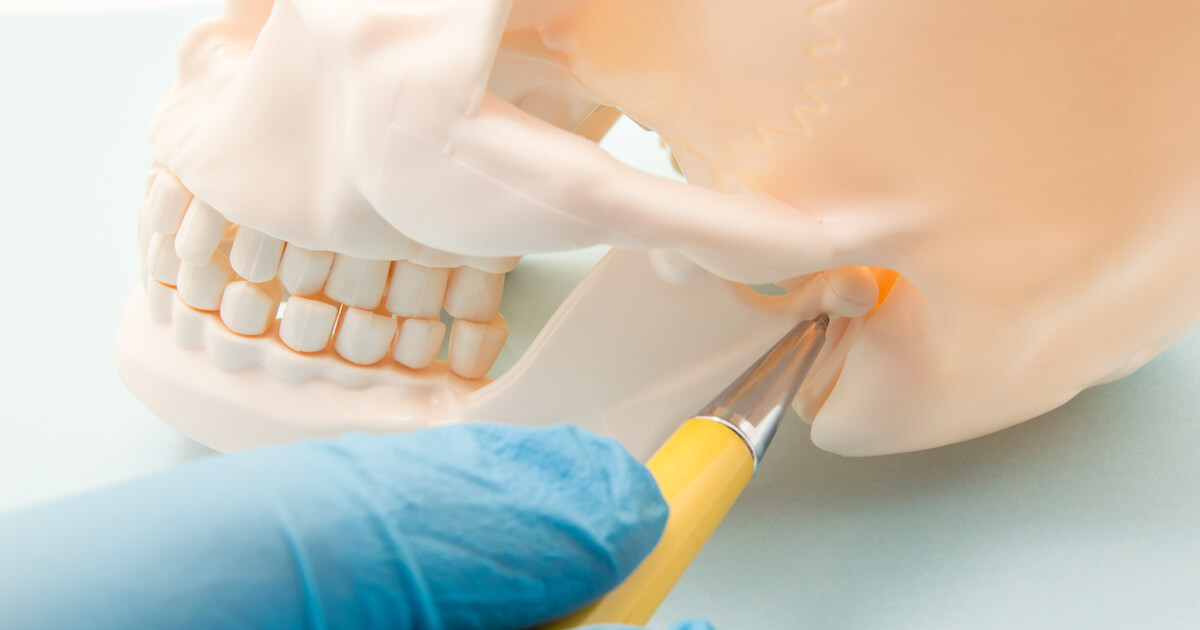Lack of motivation may be the most significant barrier to approaching a new workout, but delayed muscle soreness (DOMS) doesn’t help either — after all, pain isn’t particularly motivating. Still, there are things you can do to help manage delayed onset muscle soreness and aid recovery as you approach new or increased activity.
First, What Is DOMS?
DOMS is the acronym used to describe Delayed Onset Muscle Soreness – a phenomenon that typically occurs one or two days following new or increased activity.
Common Signs & Symptoms of Delayed Onset Muscle Soreness
- Sudden and increased onset of muscle stiffness and soreness within one to two days following activity
- Muscle soreness that typically peaks 12-48 hours following activity and gradually subsides in the days that follow
- Muscle tenderness upon palpation or massage
- Slight swelling or water retention in the affected muscles
- Muscle soreness and stiffness that’s worse in the morning
Unlike the burning feeling you experience from acute muscle soreness during strenuous activity (such as the last few reps of a weightlifting exercise), delayed muscle soreness isn’t typically felt until 12 or more hours following activity.
What Causes DOMS?
While Delayed onset muscle soreness is harmless, it can vary in intensity and duration, which can be explained by the physiological process responsible.
Muscle fibres grow via a process of microscopic damage and repair. When your muscles are stimulated from progressively increased intensity, duration, repetition, or load, the stress creates microscopic tears in your muscle fibres. These small tears result in temporary inflammation and soreness while your body works hard to recover and repair. The good news is, pending you give your body sufficient rest and nutrition, your muscles are one step closer to growing stronger and more efficient.
Who is Prone to Experiencing Delayed Onset Muscle Soreness?
Everyone suffers from occasional DOMS following activity, from elite athletes to exercise newbies. Delayed onset muscle soreness typically occurs one to two days after a physical activity that your body hasn’t adapted to yet. Activities that trigger DOMS includes anything from an intense workout or hike to a day of golf or gardening. Over time, and as your muscles adapt to the simulation you are placing them under, DOMS becomes less intense, requiring shorter recovery periods.
 Delayed onset muscle soreness is more pronounced when:
Delayed onset muscle soreness is more pronounced when:
- You engage in a new activity after periods of inactivity
- You engage in eccentric exercises (exercises that place tension or load on a muscle when it’s lengthened, such as slowly lowering the weight during a biceps curl or the stretched position of a deadlift).
- Your workout is harder or more intense than usual
- You start a new sport or exercise routine
- You add a new exercise to your workout
- Your hydration, nutrition, or recovery is compromised
- You overdo it during a workout or favourite activity
While it’s okay to return to light activity despite still being sore, it’s important to pay attention to the signs your body sends you about whether its ready engage in certain activities yet. While light activity can help relieve DOMS-related stiffness and pain, sometimes the best thing you can do for your fitness is knowing when to rest.
Pushing your muscles to perform beyond exhaustion and before they’ve had a chance to sufficiently recover can lead to injury and more serious conditions, such as rhabdomyolysis.
Signs and Symptoms of Something More Serious
While delayed onset muscle soreness can leave you feeling pretty beat up for a couple of days, it’s important to be aware of signs and symptoms of other more concerning causes of muscle pain and soreness (that warrant prompt medical attention).
If your muscle pain is severe, worsening, or accompanied by any of the following signs and symptoms, contact your physician immediately.
Intense muscle pain or soreness accompanied by:
- Flushing, fever, or chills
- Dizziness or nausea
- Dark, tea-coloured urine
- Decreased thirst and urine output
- Swelling, tightness, and redness of the affected area
- Intense cramping or crushing pain in one affected limb
- Rash, wound, or red streaks on or near the affected area
- Sharp or shooting pain when you place weight on a limb or move the affected area
- Stiffness and tingling or decreased circulation of the affected limb (e.g., extreme pain and swelling in calf muscle accompanied by numbness and pins and needles feeling in feet)
- Sharp, shooting pain when moving or placing your weight on the affected limb.
- Muscle pain and stiffness that get worse and don’t subside within 3-5 days of rest
- Sudden intense crushing-like pain or pain that travels from one area to another
Managing DOMS
While delayed onset muscle soreness can’t be avoided entirely, there are things you can do to manage the discomfort and facilitate a faster recovery from DOMS.
Ease into activity and intensity: It can be tempting to jump into an activity you enjoy or a new exercise routine with enthusiasm and a desire to push yourself well beyond your comfort zone, but moderation is key! Overdoing things too early leads to increased muscle soreness and longer recovery periods.
Adequate recovery and light movement: It seems counterintuitive when you’re already sore from activity, but one of the best ways to decrease delayed onset muscle pain and tension is by engaging your muscles in light activity. If your DOMS is particularly intense, it’s best to give yourself a day or two of complete rest. But resume light activity (such as yoga, swimming, or walking) as soon as you can to ease muscle stiffness and increase circulation.
Eat and hydrate well: your body needs ample hydration and nutrition, including amino acids and glycogen from carbohydrates, to repair your muscle fibres and recover from inflammation. You’ll still experience occasional DOMS, but you’ll be helping your body to recover faster.
Take a bath or sauna: The magnesium your skin absorbs from an Epsom salt bath and increased circulation from a warm bath or sauna can help with muscle stiffness and soreness.
Therapeutic massage: while your muscles may feel sore to the touch, a massage therapist will know what techniques to use to help facilitate lymphatic circulation and release tension in your muscles and fascia.
When in doubt, seek help: If delayed onset muscle soreness persists and interferes with your ability to return to activities after a few days of rest, it’s best to have things checked out to rule out muscle injury. A consultation with one of our practitioners can go a long way in helping you improve your physical strength, endurance and abilities while preventing pain and injury.
Take the Next Step
Give our team of practitioners a call at Diversified Health Clinic today at (250) 382-0018 or book an appointment online. If you’re not sure who to book your appointment with, ask us when you call. We’re happy to help answer your questions, address the cause of your pain and discomfort, and get you on the road to recovery.




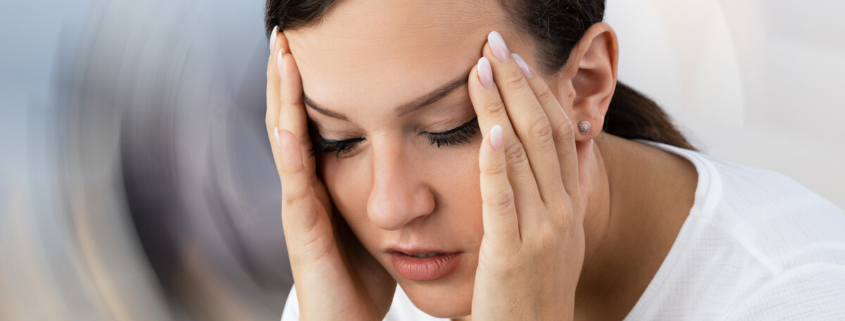
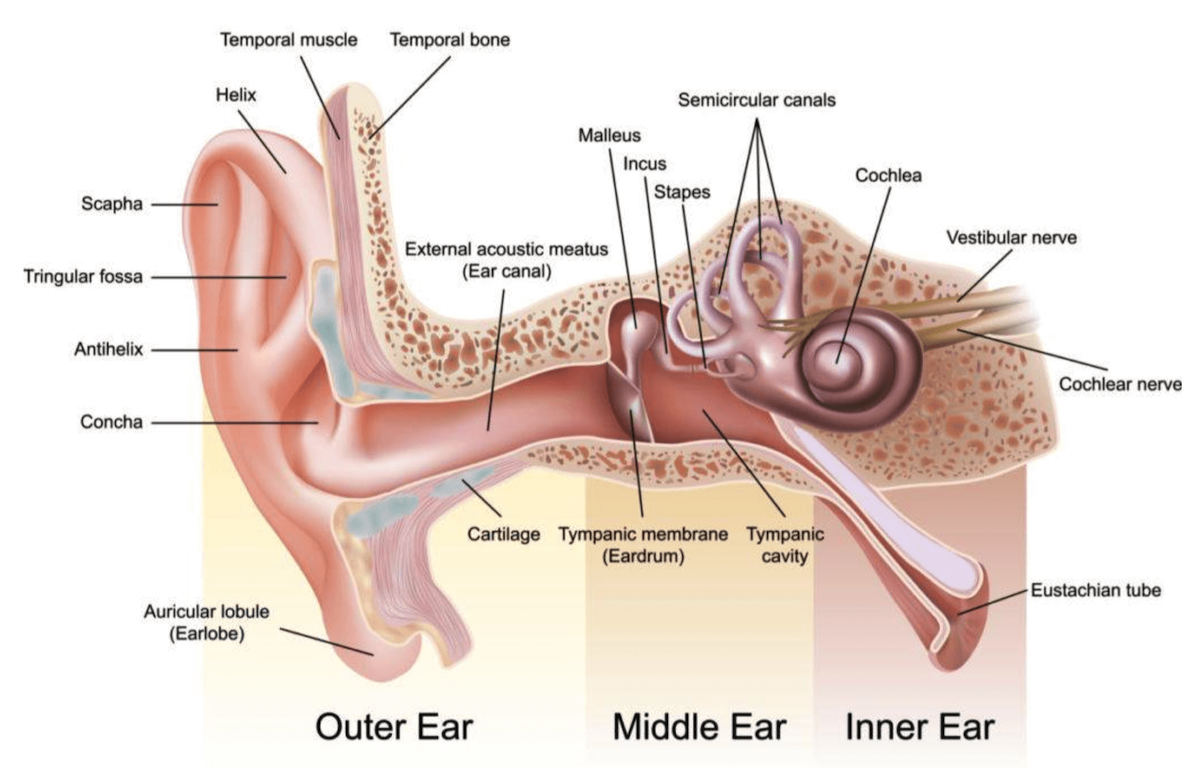
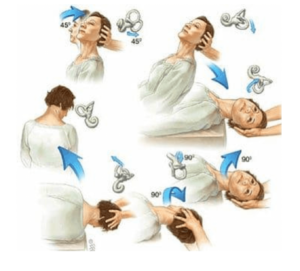

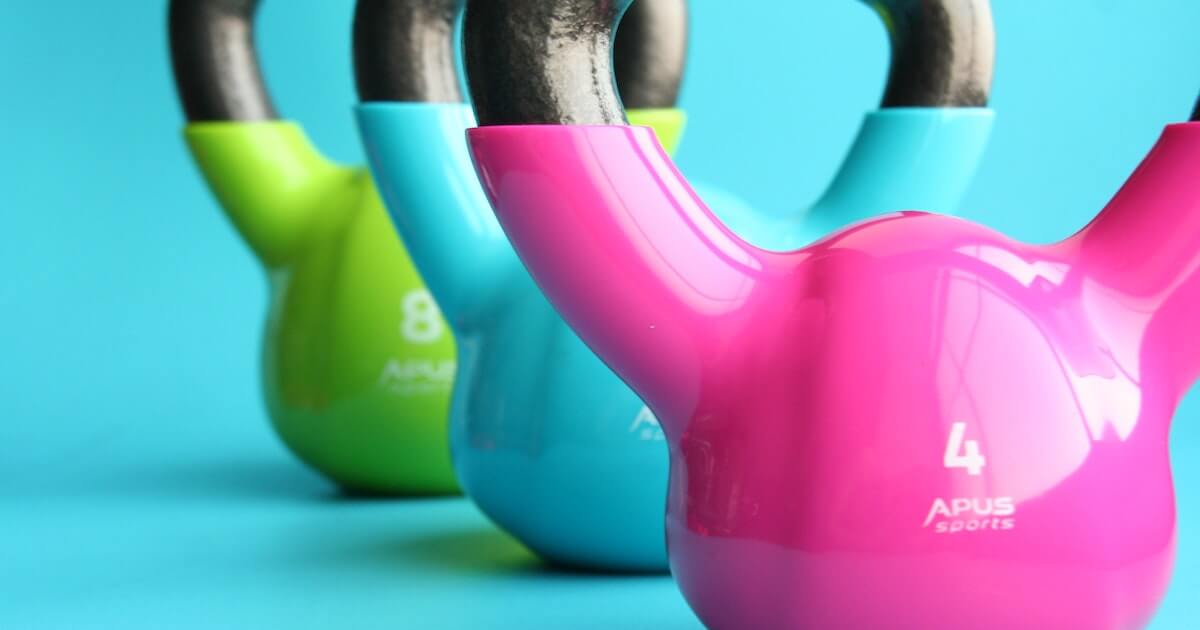



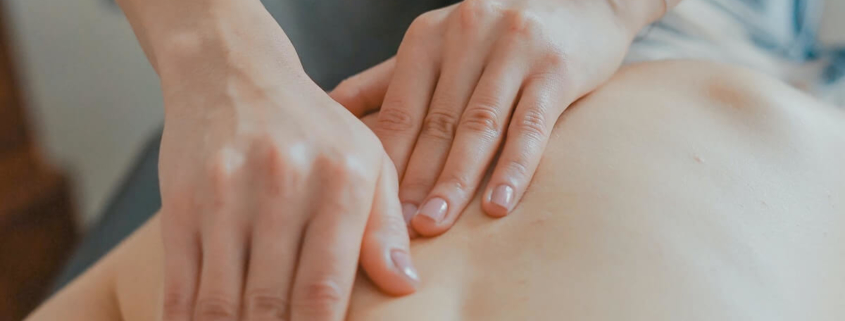


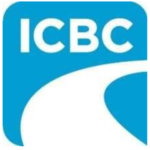
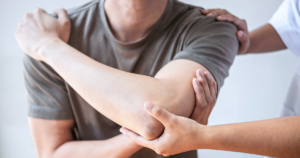 Our multi-disciplinary team will work with you, with the ability to collaborate across treatment modalities to ensure you are getting the best treatment results. Our Diversified Health Team can evaluate, diagnose, and treat a wide range of conditions and injuries including:
Our multi-disciplinary team will work with you, with the ability to collaborate across treatment modalities to ensure you are getting the best treatment results. Our Diversified Health Team can evaluate, diagnose, and treat a wide range of conditions and injuries including:
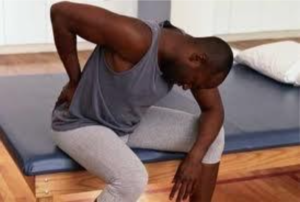 If you have been struggling with chronic back, neck or sciatic pain, you do not have to live with the pain! spinal decompression therapy is a painless, non-surgical, drug-free way to help relieve chronic back, neck and sciatic pain. Continue reading to learn how spinal decompression works and why it’s an option worth exploring.
If you have been struggling with chronic back, neck or sciatic pain, you do not have to live with the pain! spinal decompression therapy is a painless, non-surgical, drug-free way to help relieve chronic back, neck and sciatic pain. Continue reading to learn how spinal decompression works and why it’s an option worth exploring. 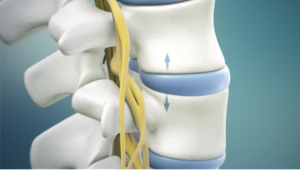
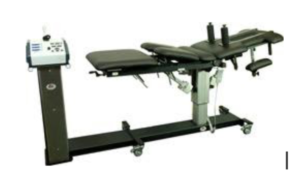
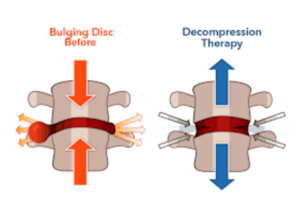
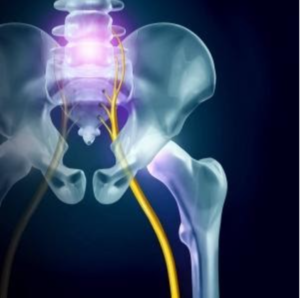

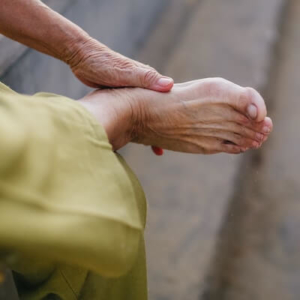

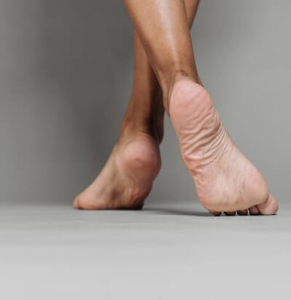 Unlike off-the-shelf insoles and inserts, custom orthotics are created from exact molds of your feet that are taken after a thorough biomechanical assessment and Gait Analysis that examines your feet and posture when standing and walking. Making orthotics from an exact mold ensures the correction offered by your orthotics is just enough, providing support specifically where your feet need it without interfering with the healthy dynamics of your feet.
Unlike off-the-shelf insoles and inserts, custom orthotics are created from exact molds of your feet that are taken after a thorough biomechanical assessment and Gait Analysis that examines your feet and posture when standing and walking. Making orthotics from an exact mold ensures the correction offered by your orthotics is just enough, providing support specifically where your feet need it without interfering with the healthy dynamics of your feet.